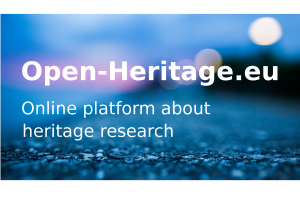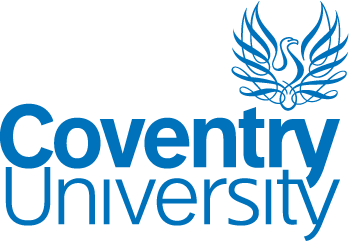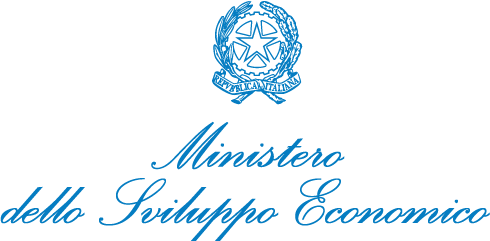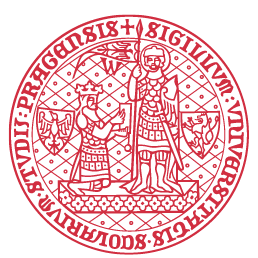As resilience would play such an important role in the project, the following definition and context were used as a starting point:
- resilience is crucial, since it reveals the capacity of a system to renew and reorganise itself after disturbance
- it offers risk mitigation and insurance strategies for the management of change and for social and economic development.
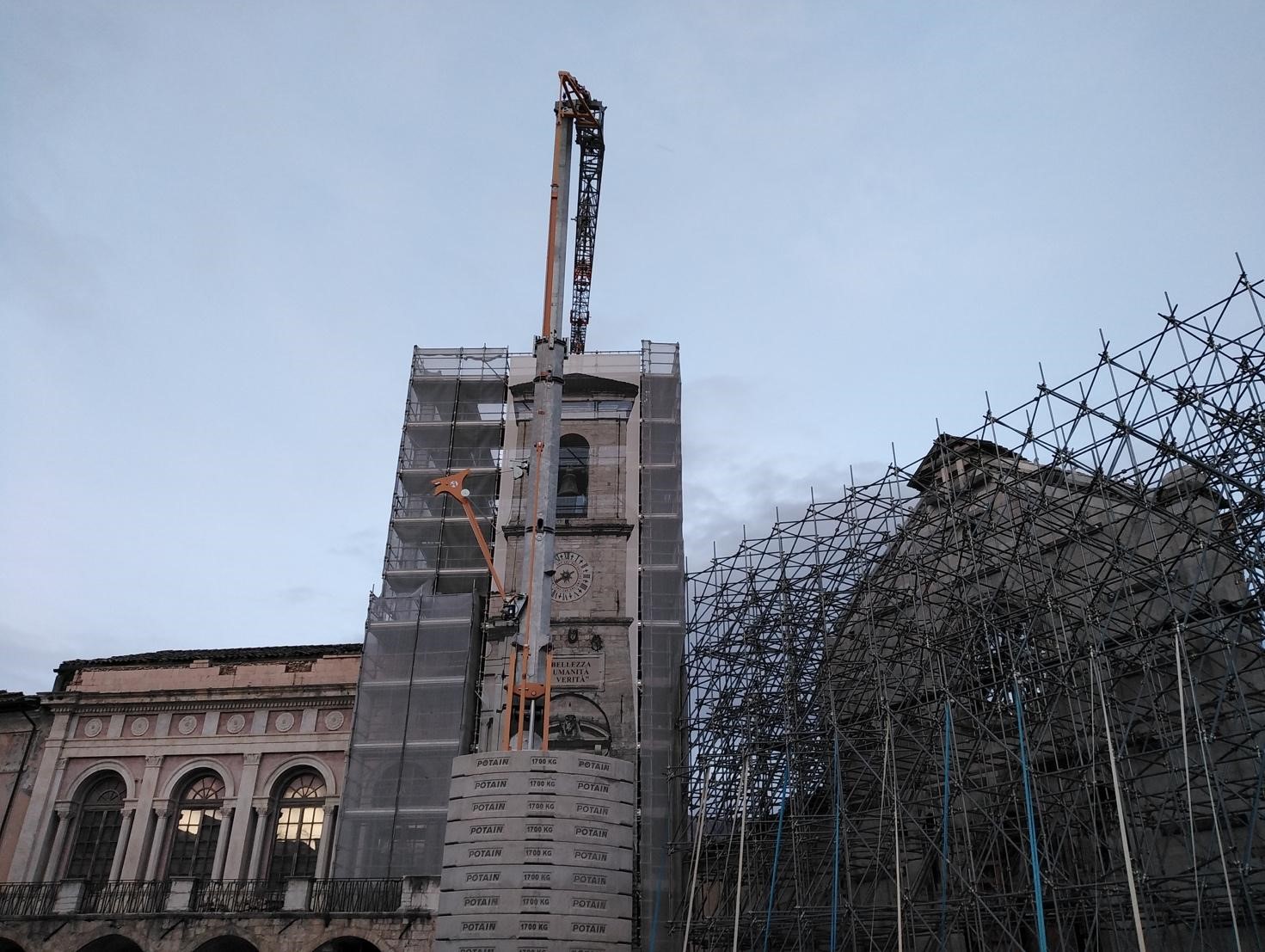 Rebuilding the Basilica of Saint Benedict, Norcia after the 2016/2017 earthquakes
Rebuilding the Basilica of Saint Benedict, Norcia after the 2016/2017 earthquakes
By the end of the project, it was clear that in cultural heritage (CH) discourses, scholars operate with complex definitions of CH, relativising the role of authenticity and questioning the notion of identity. In these new narratives, heritage is permanently re-created and identities are preserved through change. Some authors stress the role of CH in enhancing cultural resilience with the strengthening of values such as a sense of place and belonging supporting people’s collective identity and self-esteem. Others, who foresee the boundedness of heritage in time and space, argue that ‘heritage and its manufacture may wane or change as new social and cultural conditions unfold in the future’ (Holtorf 2018: 647).
While scientific papers and policy reports tend to adduce resilience as a tool for disaster risk reduction and for mitigation strategies (very often referring to the preservation of archaeological or architectural heritage), the REACH project acknowledges that vulnerability is a precondition of existence, while looking to a future that is always already understood as uncertain. In this context, the project team researched examples of flexibility and adaptive changes, in the field of social participation in heritage preservation, (re-)use and management. The project understood ‘community resilience’ as ‘an ability to anticipate, learn from, and cope with past perturbations, while integrating this knowledge to reduce vulnerability to future risks and lessen the likelihood of disaster. This requires a community to draw upon social connections, capacity, resources, and natural or built capital to rebound (‘or bounce back’) from and reduce future risks’ (Ghahramani et al. 2020: 2266).
In the line of reasoning articulated in the latest conceptual innovations of heritage discourse, CH appears as a constantly changing variable. Communities are becoming increasingly aware that they, too, may be responsible or leaders for change. Thus, it means that resilience can be understood as the management of change, according to an approach coming from within, from the communities themselves. The preservation, (re-)use and management of their potentials, in this case CH, is key in the process whereby communities face unpredictable, uncontrollable and uncertain global and local trends. This implies that numerous effective strategies and methods emerge from individual cases, so much so that it is difficult to derive a general model. What one can do, however, as the REACH project sought to do throughout its three years lifetime, is to gather participatory methods and good practices from which either communities or professionals can draw ideas to strengthen their own community's resilience and preserve, (re-)use and manage their CH.
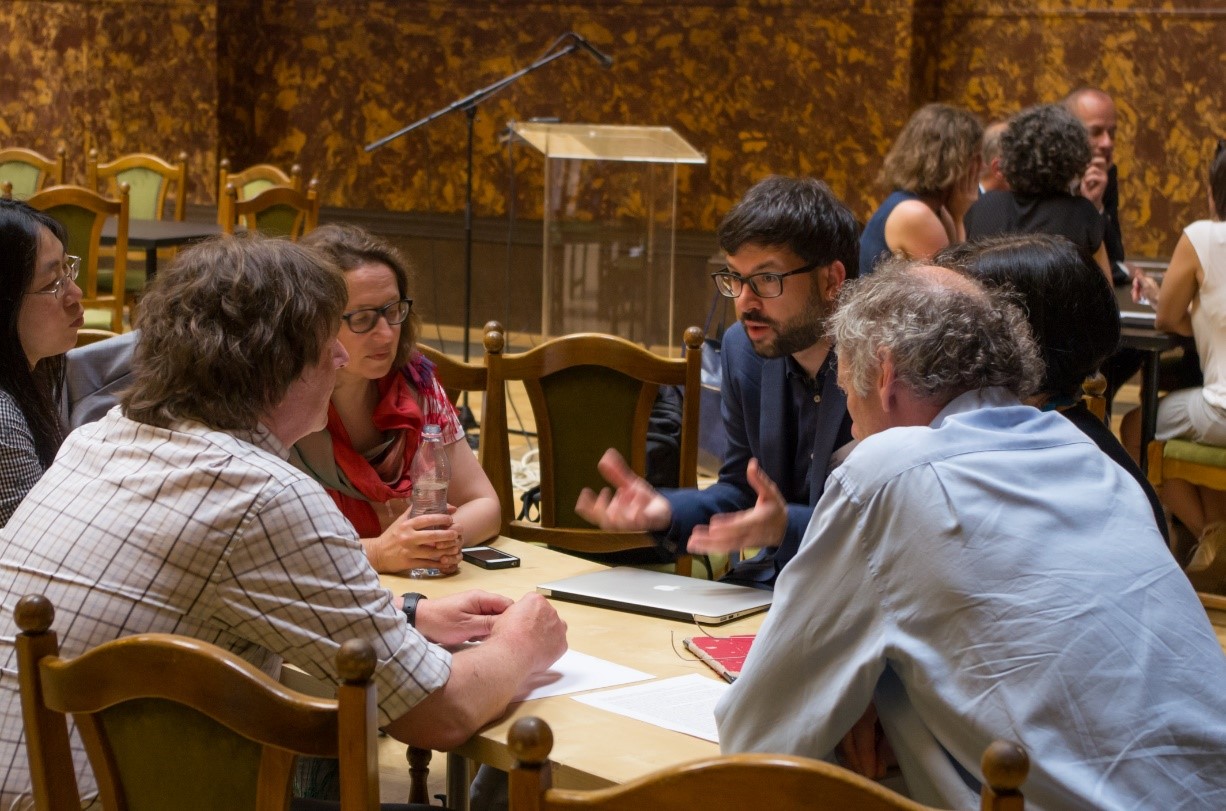 REACH Budapest conference world café resilience discussion group
REACH Budapest conference world café resilience discussion group
Resilience can be viewed as a process of becoming: adapting to uncertainty or managing change (the core of resilience, according to the REACH approach) is not achieved once and for all, as disruptions may always lurk in the background. Learning how to deal with them is key.
Following analysis of project activities through the lens of resilience, a series of policy and practice recommendations were produced:
- resilience when understood as the management of change requires that cultural heritage organisations, local authorities and local communities acquire adaptive capabilities to respond to uncertainty.
- capacity building is required in the form of new economic models, with disruption (such as the COVID-19 pandemic) used to reassess approaches and policies.
- critical infrastructures are integral to resilience building and require development frameworks that are inclusive and user-focused.
- collaborative working and co-governance structures, including conflict resolution strategies, are necessary to enable meaningful participation.
- the shift from a focus on ‘risk’ to a focus on ‘resilience’ calls for new heritage management strategies that embrace change and new models of preservation which focus on processes of adaptation – for example, practices of adaptive (re-)use and of rewilding.• an integrated approach to resilience and sustainability that proposes a thinking of resilience beyond the immediacy of crisis.
- a thinking of resilience beyond standardisation models/practices, towards a thinking that is more attuned to the specificity of a site/context and to the needs of the local communities. A thinking that is informed by best practice but is flexible in its application; a thinking that is early in its intervention and that is non-invasive; a thinking that sets parameters, but that does not stifle creativity and potential for adaptation.
- support and training can enable communities to initially develop capacity to contribute, and subsequently gain autonomy to be able to influence economic, social, cultural, territorial and environmental policy decision making.
Further details can be found in D7.1 - REACH findings on Resilient European Cultural Heritage

